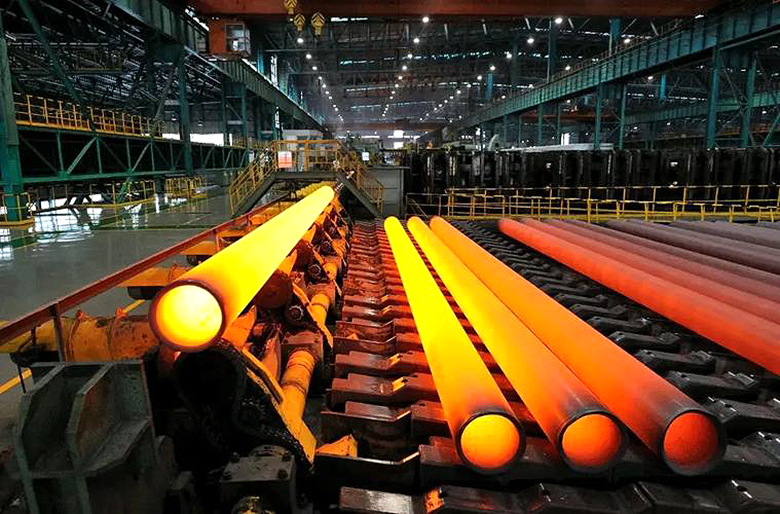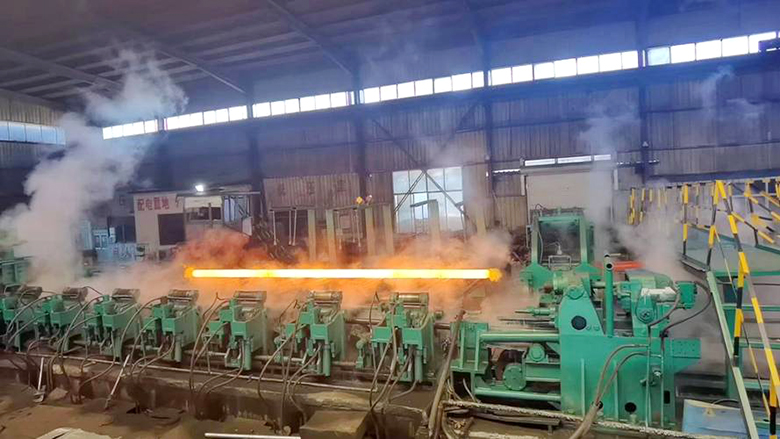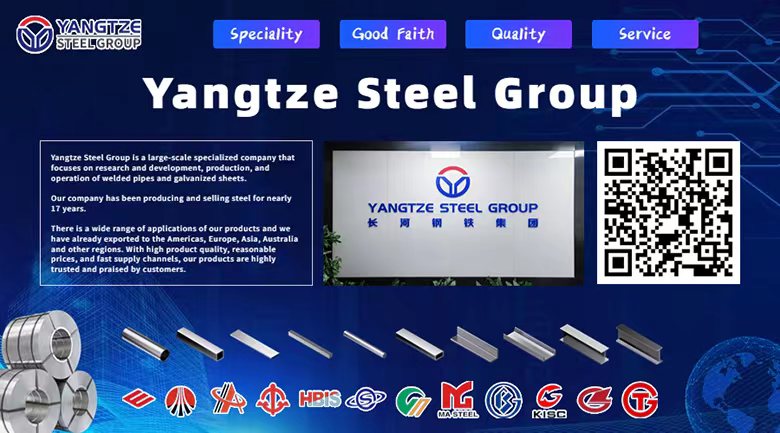API 5L pipeline heat treatment process
API 5L pipeline is widely used in the construction of oil, natural gas and other fluid transportation pipelines, and is subjected to extremely high pressure and complex environmental conditions. In order to ensure that the pipeline has excellent mechanical properties, corrosion resistance and long service life, the heat treatment process plays a vital role in the production process of API 5L pipeline.

The heat treatment process mainly includes normalizing, annealing, quenching, tempering and aging treatment.
Heat treatment process | Temperature range | Applicable pipeline types |
Normalizing | 850℃ - 950℃ | X42, X52, X60 pipelines |
Annealing | 700℃ - 800℃ | X65, X70, X80 pipelines |
Quenching | 900℃ - 1000℃ | Pipelines above X60 |
Tempering | 500℃ - 700℃ | X65, X70 pipelines |
Aging treatment | 400℃ - 600℃ | High-strength pipelines (such as X80 and above) |
Factors affecting the heat treatment process
1. Temperature control: Too high temperature will cause grain coarsening and reduce strength; too low temperature will not effectively improve performance.
2. Cooling speed: Too fast cooling may cause cracks, and too slow cooling will not optimize the organizational structure.
3. Time control: Too long or too short heat treatment time will affect pipeline performance and lead to uneven results.

By optimizing the heat treatment process, API 5L pipeline can not only operate stably for a long time in a high-pressure and high-corrosion environment, but also improve the safety of the pipeline and ensure unimpeded energy transportation.









